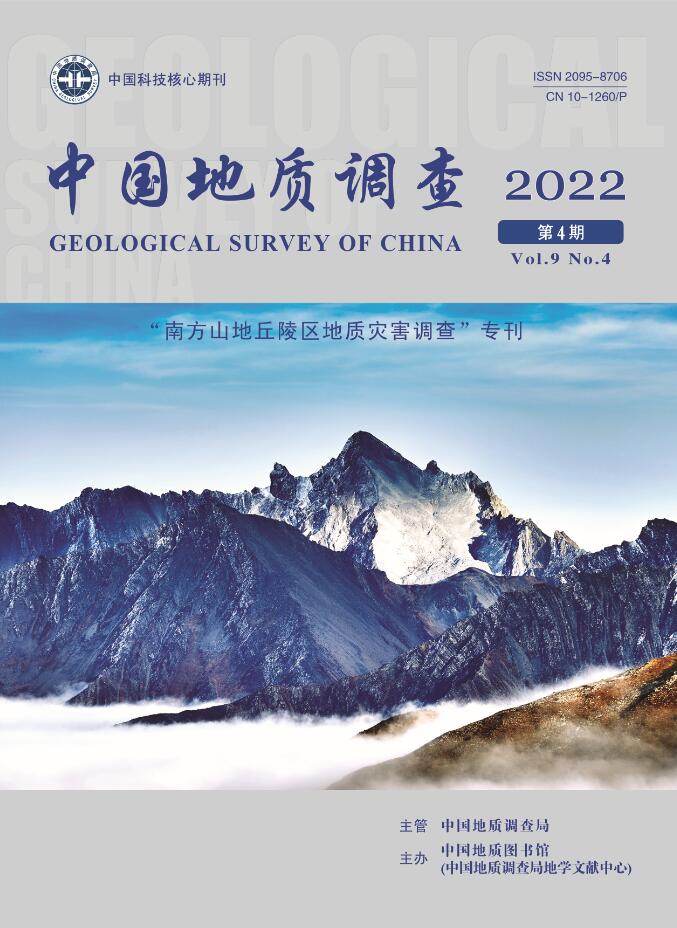TIE Yongbo, SUN Qiang, XU Yong, ZHANG Yong, WEI Yunjie, YANG Xiuyuan, ZHANG Taili, TAN Jianmin. 2022. Genetic mechanism and risk assessment of typical geological hazards in mountainous and hilly areas of South China. Geological Survey of China, 9(4): 1-9. doi: 10.19388/j.zgdzdc.2022.04.01
| Citation: |
TIE Yongbo, SUN Qiang, XU Yong, ZHANG Yong, WEI Yunjie, YANG Xiuyuan, ZHANG Taili, TAN Jianmin. 2022. Genetic mechanism and risk assessment of typical geological hazards in mountainous and hilly areas of South China. Geological Survey of China, 9(4): 1-9. doi: 10.19388/j.zgdzdc.2022.04.01
|
Genetic mechanism and risk assessment of typical geological hazards in mountainous and hilly areas of South China
-
1. Chengdu Center of China Geological Survey, Sichuan Chengdu 610081, China;
-
2. Nanjing Center of China Geological Survey, Jiangsu Nanjing 210016, China;
-
3. Wuhan Center of China Geological Survey, Hubei Wuhan 430205, China;
-
4. Institute of Exploration Technology, China Academy of Geological Sciences, Sichuan Chengdu 611734, China;
-
5. China Institute of Geo-Environment Monitoring, Beijing 100081, China;
-
6. Hydrogeology and Environmental Center, China Academy of Geological Sciences, Hebei Baoding 071051, China
-
Abstract
The mountainous and hilly area of South China has a large geographical span, with complex geological hazard pregnant background and diverse disaster modes, and it is an area with dense distribution of geological hazards in China. Aiming at the potential risk of geological hazards in mountainous and hilly areas of South China, the authors in this paper systematically analyze the climatic dynamic characteristics and geological structure background of geological hazard in mountainous and hilly areas of South China, based on progress of the implementation of “geological hazard investigation project in mountainous and hilly areas of South China” by China Geological Survey. The disaster models of typical geological hazards and the demonstration results of multi-scale risk inve-stigation and evaluation are analyzed, and the formation mechanism and provenance erosion mechanism of typical typhoon geological hazards in southeast coastal areas, karst collapse in South China, moraine soil debris flow in southwest Alpine mountainous areas and post fire debris flow in Western Sichuan Plateau are revealed. On this basis, a multi-scale geological hazard risk assessment demonstration based on counties, key towns and typical disaster points in mountainous and hilly areas of South China was carried out, and the relevant results were applied in the planning and route selection of major projects in Southwestern China and the relocation site selection of counties.
-

-
-
Access History







 DownLoad:
DownLoad: